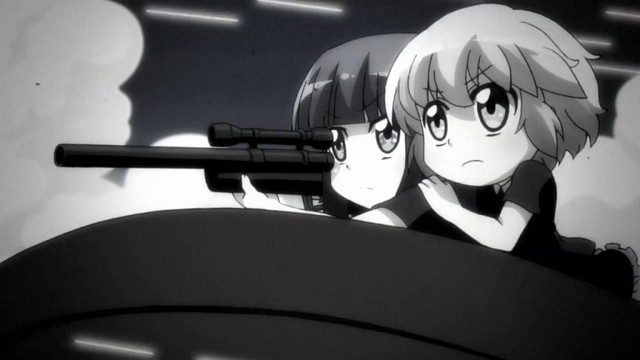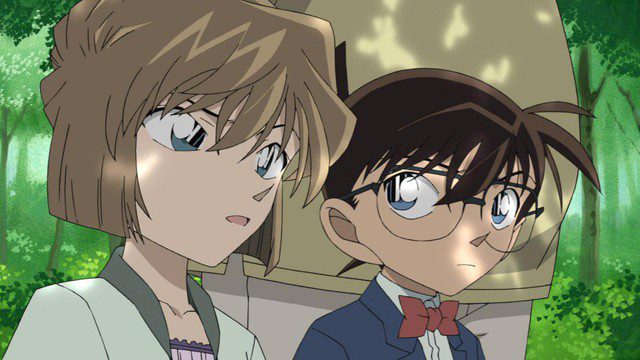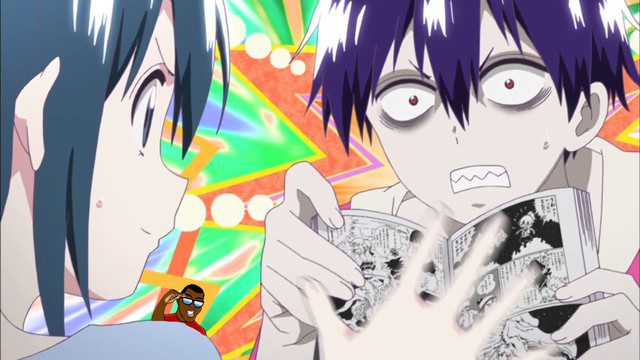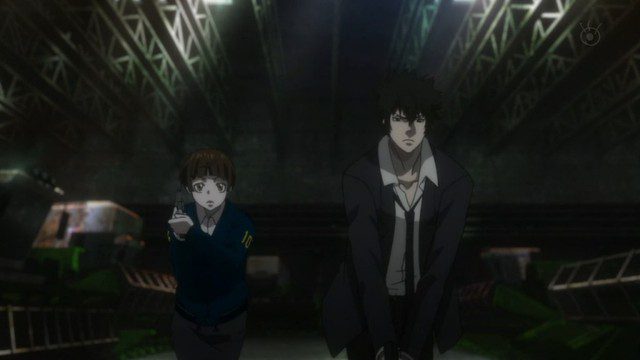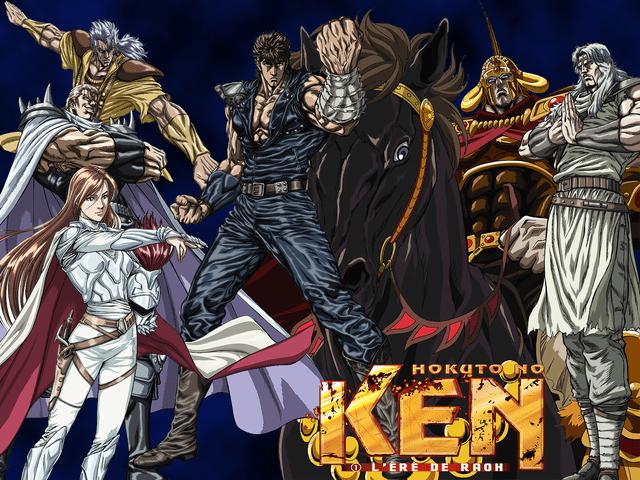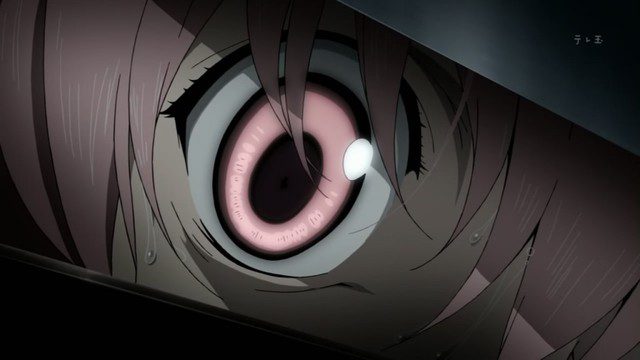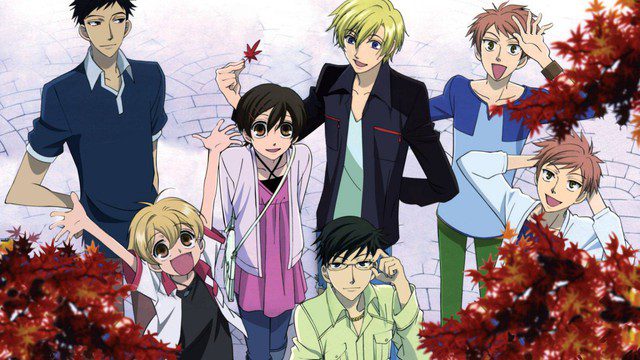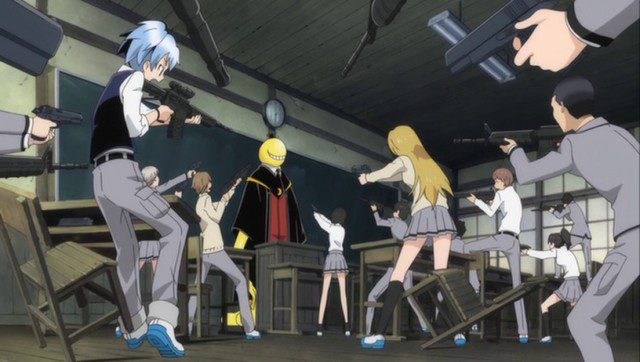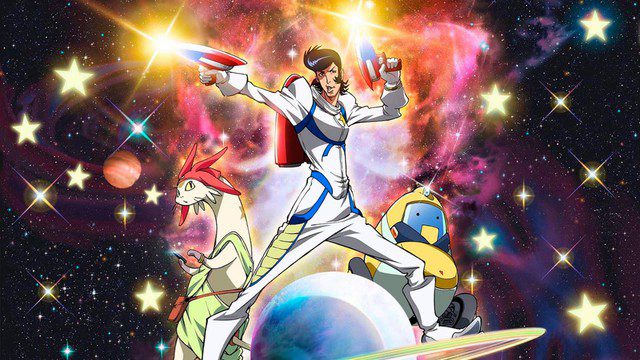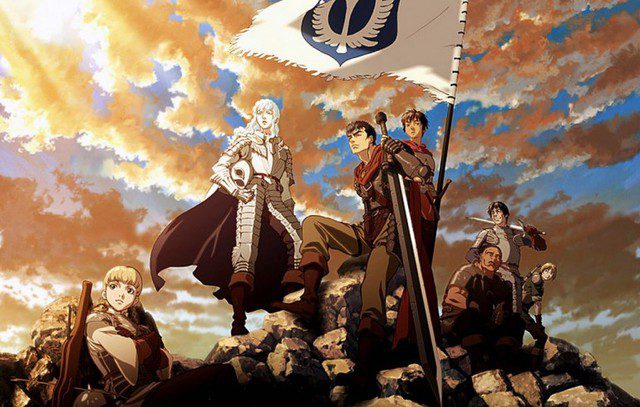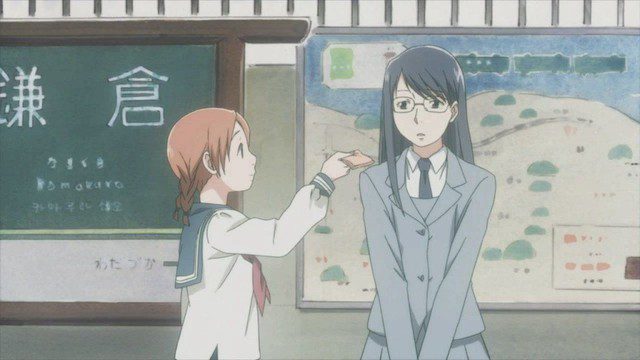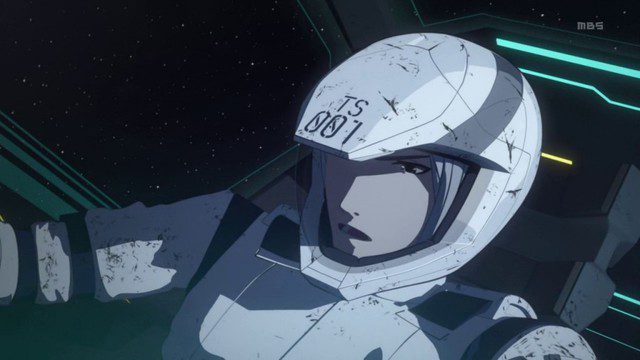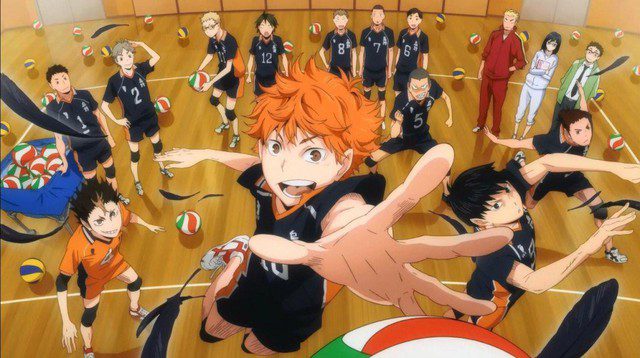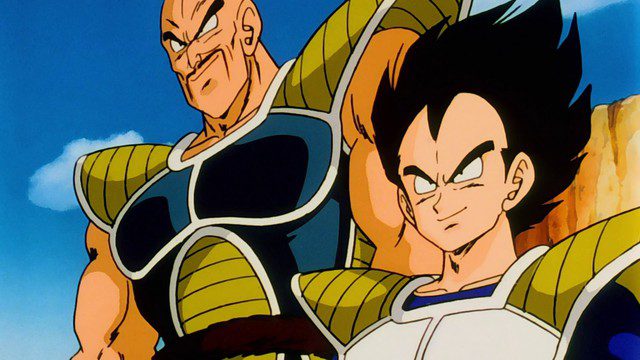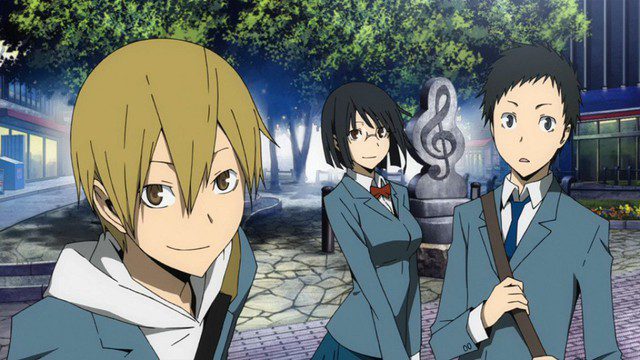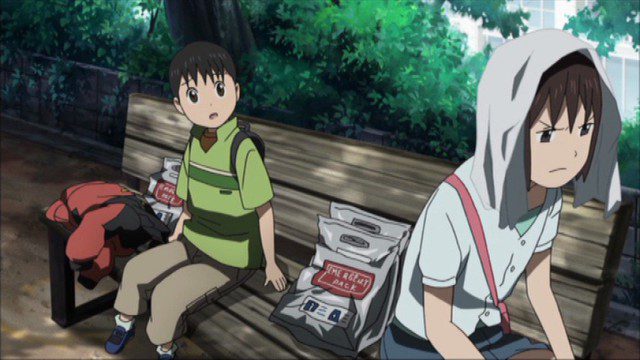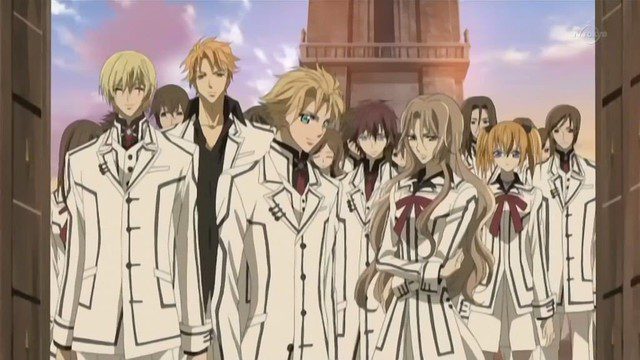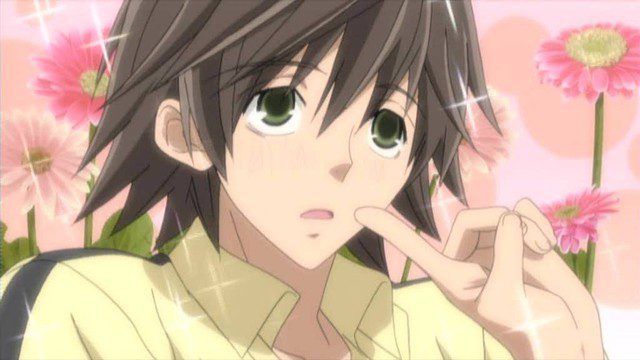If you love and frequently watch anime, whether little or a lot, you will surely know that each show can have main genres and often intertwines elements from several genres at the same time. The genres of anime are very diverse – ranging from action, romance, horror, etc. Therefore, to grasp the full range of anime genres (with some exceptions), it can be quite daunting for a newcomer, making it even more challenging to find an anime that suits your mood, feelings, and preferences. Thus, the following basic definitions of anime genres will be very helpful for this purpose:
1. MILITARY
As the name suggests, this genre involves content related to military themes in one way or another. War is a major aspect in this genre, where battles against enemy forces are depicted in a highly strategic manner. This genre often overlaps with mecha or action anime.
Examples: Fullmetal Panic, GATE, Kantai Collection
2. MUSICAL
Musical anime may not be as common today, but they still exist and are very engaging. These shows often feature musical performances, whether singing, dancing, or playing instruments – they provide a vibrant, artistic expression of the genre.
Examples: K-On, Beck, Mermaid Melody Pichi Pichi Pitch
3. MYSTERY
A common point for all mystery anime is the existence of a central mystery, which could be a case, a location, or a specific object – if there is a mystery surrounding it, then the anime is categorized as a mystery genre. In the world of anime, the most popular series in this genre often feature detectives and investigation themes. In general, if there is something specific that is mysterious or peculiar, then it falls into this category.
Examples: Detective Conan, Hyouka, Eden of the East
4. PARODY
A parody anime often imitates other anime in a humorous manner. It may involve well-known phrases, symbols, or characters from other shows, essentially blending various elements into the narrative of the parody.
Examples: Gintama, Blood Lad, Senyuu
5. ACTION
This genre focuses on the lives and significant events of characters who are often involved in action-packed scenarios. Starting from a single character, action characters appear in many shows and evolve into distinct types. However, an action anime does not solely feature action; it can also include detectives, investigators, and law enforcement personnel in various capacities.
Examples: You’re Under Arrest, Psycho-Pass, Lupin the Third
6. POST-APOCALYPTIC
Post-apocalyptic anime are set in a world after a major catastrophe, where humanity is often on the brink of extinction, struggling to survive after a disaster, etc. Previously, this genre was not very popular, but as people realize its impact on the storyline, it has transformed into a distinct and increasingly beloved genre.
Examples: Sidonia no Kishi, Shin Sekai Yori, Fist of the North Star
7. PSYCHOLOGICAL
Diving deep into the psyche, spirit, and thoughts of characters, this genre often delves into mental health issues, sometimes incorporating philosophical aspects. You will often find intricate plots that challenge your understanding of the characters’ motivations and the psychological layers behind their actions.
Examples: Death Note, Mirai Nikki, Zetauen no Tempest
8. REVERSE HAREM
This genre is the opposite of the traditional harem genre. What does this mean? With reverse harem, it is not the male protagonist surrounded by girls, but rather a female protagonist surrounded by multiple boys, each of whom is a potential love interest.
Examples: Fruits Basket, Akatsuki no Yona, Fushigi Yuugi
9. ROMANCE
Romantic anime typically focus on love stories and the tender moments between characters. This genre can often evoke strong emotions and heartwarming scenes. The central theme revolves around the romantic relationships of the characters, often intertwined with other genres like comedy, harem, and drama.
Examples: Tonari no Kaibutsu-kun, Kimi ni Todoke, Special A
10. SCHOOL
While school life is just a backdrop, many anime use it as the main setting, helping to create a distinct genre that focuses on school experiences. School-themed anime are primarily set in a school environment, and this aspect is the most crucial element in this genre.
Examples: Ansatsu Kyoushitsu, Great Teacher Onizuka, Gokusen
11. SCI-FI
Sci-Fi (or science fiction) is a genre that showcases various scientific and technological elements in its storyline. Machinery and technology are often the main materials, and a large portion of sci-fi focuses on the advancements and developments of science and technology, typically combined with fantasy elements like mecha and space.
Examples: Neon Genesis Evangelion, Space Dandy, Cowboy Bebop
12. SEINEN
Seinen (aimed at young men) is a genre specifically for male audiences aged 18-40. These anime often contain mature themes, violence, and intense scenarios.
Examples: Berserk, Monster, Ergo Proxy
13. SHOUJO
Shoujo (or for young girls) is a category of anime aimed at female audiences aged 10-18, with content typically focused on romance and emotional themes. This genre often goes hand in hand with romance and slice-of-life themes.
Examples: Sailor Moon: Crystal, Gekkan Shoujo Nozaki-kun, Ao Haru Ride
14. SHOUJO-AI
Shoujo-ai translates to “girls love” and features female characters (often girls) who express love and emotional connections toward each other. Relationships in shoujo-ai are usually less explicit compared to yuri genres, focusing more on emotional connections.
Examples: Aoi Hana, Blue Drop
15. SHOUNEN
This genre is similar to shoujo but is targeted toward male audiences aged 10-18. Many anime in this category are considered mainstream and are often at the forefront of popularity rankings.
Examples: Naruto, One Piece, Fairy Tail
16. SHOUNEN-AI
Shounen-ai translates to “boys love” and is a genre that features male characters (typically young men) who develop romantic feelings towards each other. This genre is much softer compared to yaoi.
Examples: Hybrid Child, Gakuen Heaven
17. SLICE OF LIFE
This genre depicts the ordinary lives of characters in a very realistic manner. There is nothing extraordinary happening, and the main goal is to reflect daily life as closely as possible without any dramatic events happening.
Examples: Barakamon, Non Non Biyori, Koufuku Graffiti
18. ADVENTURE
Adventure anime can be very popular, as they often involve characters embarking on a journey within various settings, whether in fantasy worlds or real-life environments. However, these shows typically blend with mecha and sci-fi anime.
Examples: Outlaw Star, Space Battleship Yamato, Space Dandy
19. SPORTS
Sports anime is a broad genre that encompasses stories about nearly any sport. The most common selections in this field include basketball, tennis, baseball, and volleyball. However, other types of sports can also appear, including various non-traditional sports.
Examples: Kuroko no Basket, Haikyuu!, Slam Dunk
20. SUPERHERO
A superhero anime is easily recognizable when there is a protagonist with superhuman abilities, often fighting against formidable foes on screen. Superpowers in anime don’t just include physical abilities but can also encompass mental powers and strategic thinking.
Examples: Dragon Ball, Akira, Toriko
21. SUPERNATURAL
When we talk about this genre, it often evokes thoughts of elements that are outside the realm of the ordinary. For this category, supernatural elements can range from mythical creatures, magic, or anything that transcends the limits of reality.
Examples: Kekkai Sensen, Soul Eater, Noragami
22. TRAGEDY
This genre revolves around tragic events or themes that significantly impact the main characters. These narratives often evoke strong emotional responses and can explore deep themes of loss, suffering, and the human condition.
Examples: Tokyo Magnitude 8.0, Zetsuen no Tempest, Technolyze
23. GHOST
Ghost stories have been popular throughout the world, so it’s no surprise that this genre has a significant place in anime as well. However, ghost-themed anime often intersects with various other genres, including horror, romance, and psychological.
Examples: Vampire Knights, Shiki, Hellsing
24. YAOI
Yaoi is a more intense version of shounen-ai, featuring romantic relationships between boys. While shounen-ai focuses on emotional connections, yaoi often depicts explicit romantic and sexual encounters.
Examples: Junjou Romantica, Gravitation
25. YURI
Yuri is similar to yaoi, but focuses on the relationships between girls instead of boys.
Examples: Yuri Kuma Arashi, Sakura Trick
Source: Reelrundown
A Comprehensive Guide to All Popular Anime Genres (Part 1)


